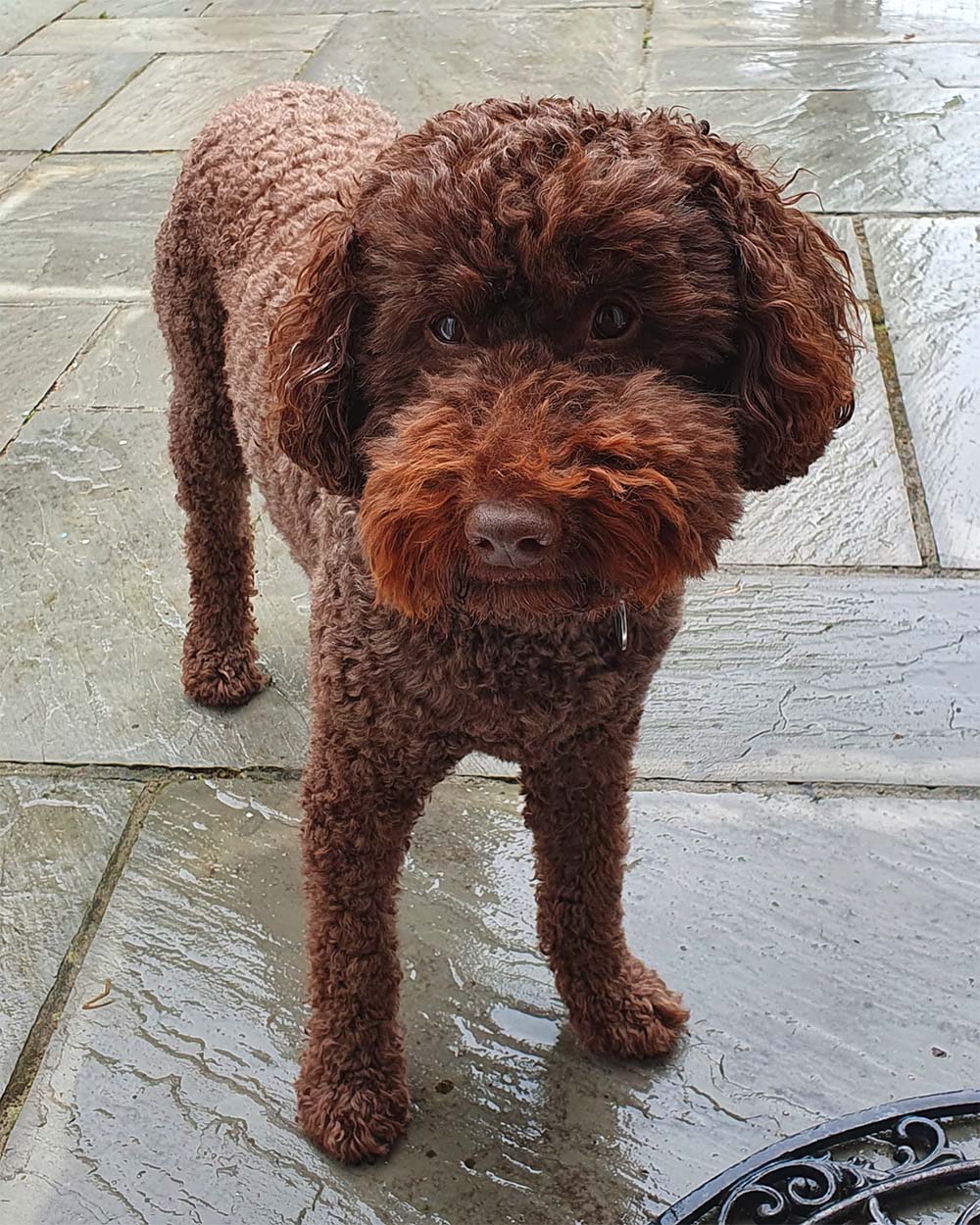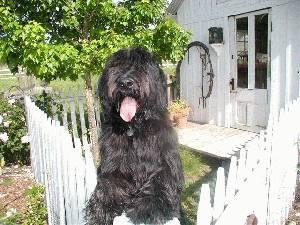About Dingo
The Dingo, Australia's wild dog, is a fascinating and controversial canine. While technically a dog, the Dingo occupies a unique evolutionary niche and possesses distinct characteristics that set it apart from domesticated breeds. Understanding the Dingo's origins, temperament, and needs is crucial before considering bringing one into a domestic setting, though it's important to note that keeping a Dingo as a pet is illegal in many parts of Australia and other countries. This comprehensive guide explores the key aspects of the Dingo breed, providing valuable insights for anyone interested in learning more about these resilient animals.
History and Origin
The Dingo's history is intertwined with the ancient migrations of people across Southeast Asia and into Australia. It is believed that Dingoes arrived on the continent thousands of years ago, likely accompanying human settlers. Over time, they adapted to the Australian environment, evolving into a distinct species or subspecies (Canis lupus dingo). Unlike most domesticated dogs, Dingoes have retained many of their wild instincts and behaviors, functioning as apex predators in many ecosystems. Their role in the Australian landscape has been a source of debate, with some viewing them as pests and others recognizing their ecological importance.
Physical Characteristics
Dingoes are medium-sized dogs with a generally athletic build. They typically stand between 19 and 23 inches tall at the shoulder and weigh between 30 and 45 pounds. They possess a smooth, medium-length coat that is most commonly sandy or ginger in color, though variations like black and tan or white can occur. Their wedge-shaped head, erect ears, and bushy tail contribute to their wolf-like appearance. The Dingo's physical attributes are well-suited for survival in the harsh Australian outback.
Temperament and Personality
The Dingo's temperament is largely shaped by its wild ancestry. They are generally independent, intelligent, and wary of strangers. Socialization is crucial from a young age, but even then, Dingoes may exhibit a strong prey drive and a tendency to roam. They are not typically known for being affectionate or cuddly like many domesticated breeds, and their loyalty is often reserved for a select few. Dingoes have a low tolerance for children (rated 1/5) and can be unpredictable around other dogs (rated 2/5). Their energy level is moderate (rated 2/5) but they require consistent mental and physical stimulation.
Training and Exercise Needs
Training a Dingo can be challenging due to their independent nature and strong will. They are not as eager to please as many domesticated breeds, requiring patient, consistent, and positive reinforcement techniques. Early socialization is essential to help them adapt to human environments. Dingoes need a considerable amount of exercise to stay happy and healthy. This includes daily walks, runs, and opportunities to explore their surroundings. Without sufficient mental and physical stimulation, they can become destructive and exhibit unwanted behaviors. Their trainability is relatively low (rated 2/5) compared to other dog breeds.
Health and Care
Dingoes are generally healthy animals, but they can be prone to certain health issues, including hip dysplasia and progressive retinal atrophy. Regular veterinary checkups are essential to ensure their well-being. Dingoes shed heavily (rated 4/5) and require regular grooming (rated 4/5) to manage their coat. They also have a moderate tendency to drool (rated 3/5). A balanced diet that meets their nutritional needs is crucial for maintaining their health and energy levels.
Is This Breed Right for You?
It is crucial to reiterate that owning a Dingo is illegal in many areas. Even where it is legal, Dingoes are not suitable pets for most people. Their wild instincts, independent nature, and specific needs make them a challenging breed to manage. They require experienced owners who understand canine behavior and are committed to providing them with the necessary training, socialization, and exercise. Before considering a Dingo, thoroughly research the legal implications and carefully assess your ability to meet their unique needs. For most, admiring these animals from a distance or supporting Dingo conservation efforts is a more responsible choice.
Temperament
Basic Information
- Size Medium
- Life Span 11-14 years
- Coat Type Smooth
- Coat Length Medium
Characteristics
Comments
No comments yet. Be the first to comment!
Upload a Photo
You must be logged in to upload photos.
Compare Breeds
Compare this breed with another to find the perfect match for you.



